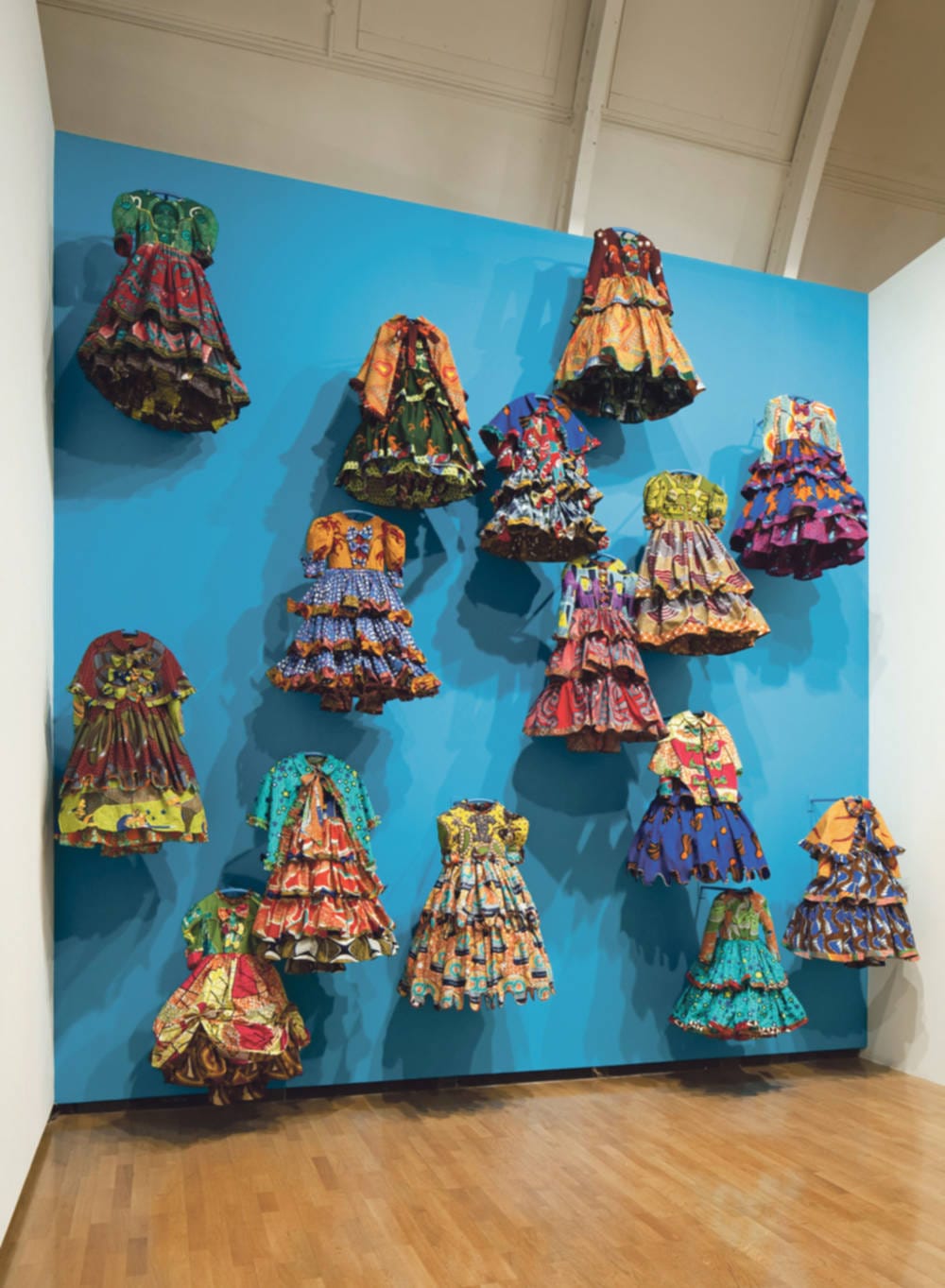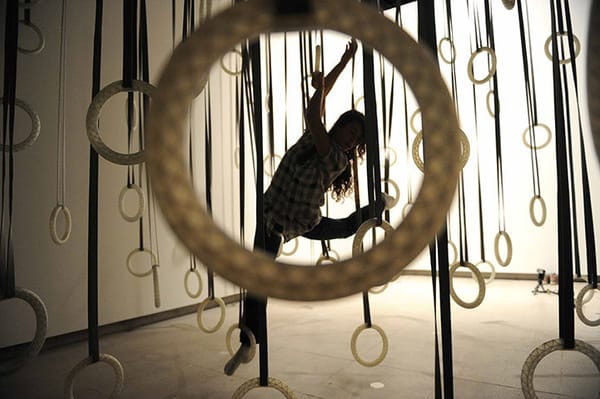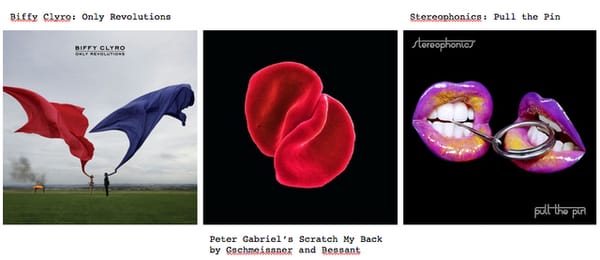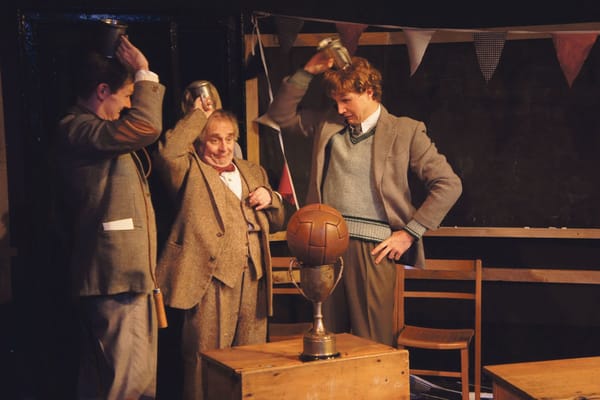The clothes you’re not supposed to wear
The Royal Academy springs an esoteric jumble to get you thinking, until the end of January

High fashion is not like anything you know or have seen in normal society. What is its link to the fashion worn by the ordinary clothes-wearing public? I have no idea. Images of beautiful women made bizarre by face paint and freakish garments as they strut down the catwalk (which may or may not be underwater/on fire/an enormous chessboard) are the manifestation of this incredibly profitable industry. However, the Royal Academy is not Vogue magazine, and this show is not a haute-couture runway. Well thank goodness for that.
The exhibition is split, rather vaguely, into four areas of fashion, describing the use of clothes as: personal and cultural storytelling, building as protection, belonging and confronting (which deals with conflict) and performing. If these four sections sound like a good idea at first, they soon seemed to me rather arbitrary and difficult to differentiate. This vagueness in the structure of the whole exhibition might strike you as kooky eclecticism or, more cynically, as revealing an underlying lack of direction.
Each piece is very much a stand-alone installation, and the incredible range which is showcased over the sparsely laid-out galleries means that there are some excellent nuggets mixed in with a similar number of boring and unsatisfying pieces. For me these many lowlights included a film by Yoko Ono, a ‘wearable mosque’, a collection of architectural wigs made using traditional African hair braiding and felt uniforms for every occasion. The ideas sounded interesting and full of potential, but their realisation seemed to lack the excitement or originality of their themes.
If the list of unfulfilled potential alone has whetted your appetite, you’ll be pleased to know that there are plenty of other ideas swirling around the galleries. The justification of the exhibit after all is that just as a great oil painting or sculpture are pieces of art used to communicate themes, ideas and world-views, so fashion too can also be used for this purpose. This means every wooden dress and lengthy film installation is about something more than its aesthetic appeal, and that message is usually spelled out alongside the piece.
But while I applaud the effort to help people understand how fashion can be art, sometimes the exhibition went too far. Sometimes the given interpretation was far-fetched to the point of ridiculous. How the lacy red see-through mini-dress and facemask is an exploration of female strength – specifically in Joan of Arc – I will leave to your own imagination.
At other times though, the message is obvious, or becomes palpably important as you contemplate something that is genuinely awe-inspiring and exciting. The most popular image of the show, fifteen gorgeously bright girl’s dresses in Dutch batik, is a perfect example of this. So too is the beautiful widow’s dress of gleaming pins. An explanation on the label can provide a vital clue as to the motives of the piece, but the installation does the rest to inspire through sheer aesthetic appeal.
Other favourites of mine were the film installation of laundry workers in Mumbai and the life-size cashmere whale turned into jackets. In a way the eclecticism works in favour of the gallery because there are original ideas to appeal to just about anybody.
The pieces that do appeal are excellent examples from artists who have understood that if an exhibition of fashion, or rather “anything which could possibly remind you of clothes”, must be called art then it must fulfill the same remit and that is to show, not tell.








